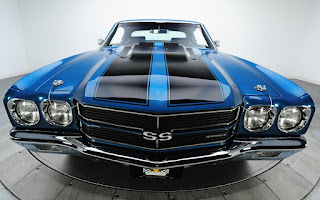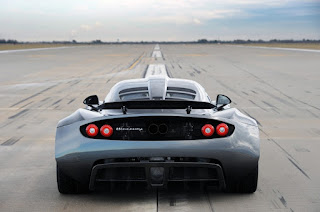The I, V and W in engines.
Engine cylinders are typically arranged in a vertical orientation, lined up one after another from the front to the rear of the engine, or in a V-shaped orientation with an equal number of cylinders on each side. When engine cylinders are vertically oriented, the engine has an "inline" configuration, which is used in conjunction with 4, 5, or 6 cylinders.
As all the cylinders are in a straight line, manufacturers sometimes refer Inline engine as the 'Straight Engine'. In line engine can have upto 2, 3, 4, 5, 6 or 8 cylinders. But cylinders more than 6 are very rare.
Inline engines can easily accomodate odd number of cylinders like 3 or 5. The I-engine are most commonly used in commercial purpose as their manufacturing cost is low.
A V engine, or Vee engine is a common configuration for an internal combustion engine. The cylinders and pistons are aligned, in two separate planes or 'banks', so that they appear to be in a "V" when viewed along the axis of the crankshaft, in the same way those of a W-engine resembles the letter W.
The V-type of engine, if viewed from the front will resemble a V as the pistons are not vertical, they are slant on either side of the engine. Each side or bank of the engine has it's separate engine head and camshafts. The V will be different angles in different engines but the common angles are 45, 60 and 90 degrees.
The V engine produces more torque at lower RPM ranges probably because of the power stroke coming from 2 sides of the crankshaft.
The V engine is also a compact engine per cylinder. The length required to house an inline 6 cylinder engine will house a V12 cylinder engine.
The width of a V engine is wider but not considerably wider and not so wide that it cannot fit in an engine bay. A W engine is wider than a V engine and it still fits comfortably in the engine bay of some of the larger cars.
The purpose of the W engine is to make a large engine further compact. The 6 litre W-12 found in the Audi A8 and the 8 litre W-16 found in the Bugatti Veyron are two very large engines and they occupy less space by using the W configuration.
The W-12 engine will be slightly wider than the V-12 engines but it is still narrow enough to fit comfortably in the engine bay. The narrow angle allows each V to form one block with one engine head each. There may even be one set of camshafts for each V so you can understand how the W engine can resemble a V engine. The cylinders are also not directly opposite to each other but they're in a noticeable zig zag pattern.
The W engine was first developed by Volkswagen for their racing cars and Volkswagen later decided to use them in production vehicles. The W configuration have been proven to be useful as there is more space to have all wheel drive parts under the bonnet as opposed to an engine of similar proportions in the V configuration.
The VW group, which currently owns Bentley, is also the only automotive group in the world that makes engines in a “W” configuration.
First advantage would be packaging, as a W is shorter than V, and it can be set further back in the car to balance the weight distribution. This is the case for the Bentley brand, but it has obvious roots in VW’s renowned VR6 units.
Another would be ease of manufacturing and development – it would have arguably been more difficult to engineer a completely new V12, when VW didn’t make any conventional V6 units of its own.
It also makes all the cars it equips more unique, different from the competition. Some will still prefer the traditional approach more, especially since a W12 does not sound as evocative as a V12
The bottom line is both engines are effective as both engines are used on high performance models with the various advantages of both not really doing much to pose a threat on the existence of the other.
Image courtesy :- Google Inc.





Comments
Post a Comment